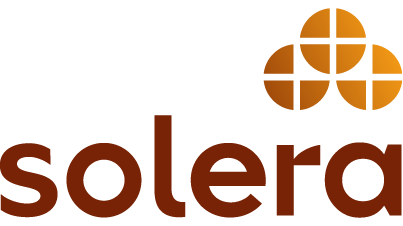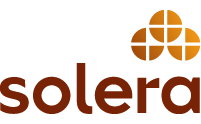What Keeps You Up at Night? Self Employed Retirement Options When You Work for Yourself

by Daryl Seaton
in self employed retirement options
24 Jul 2019
With the landscape of the workforce changing at a rapid pace, those who work for themselves will face a unique set of self employed retirement options.
Love the freedom of entrepreneurship but not quite sure what to do about your retirement? Are you part of the 34% of small business owners who don’t have retirement savings?
Retirement comes with lots of financial decisions. When you’re self-employed, a major decision is how to save for retirement. Without an employer-run retirement option, you’re responsible for sorting out the options and understanding the contribution limits.
The longer you wait to understand the options, the less time you have to build up your savings. Check out these self employed retirement options so you can start saving now.
Traditional IRA
If you’re looking for a small contribution option, a traditional IRA allows up to $6,000 per year as of 2019 with the option of an extra $1,000 if you’re 50 or older. Your contributions are tax-deductible, but you pay taxes on distributions after you retire.
You’ll have to start withdrawing money when you reach 70 1/2, and you can no longer contribute to the IRA at that point.
Roth IRA
A Roth IRA has the same contribution limits as a traditional IRA. Your contributions are after taxes, but you don’t have to pay taxes on the money when you withdraw it in retirement. This cuts your taxes when you retire and lets you use all of the money you save.
Roth IRAs have a maximum total adjusted gross income to qualify. If you’re married, that income has to be less than $189,000. For a single person, the max is $120,000.
If you have both a traditional and Roth IRA, the contribution limit is combined. That means you can only contribute $6,000 total between the two accounts.
SEP IRA
This saving plan lets you contribute up to $56,000 or 25% of your net earnings on up to $280,000 worth of compensation. Your max is the lower of those two numbers.
If you have employees, you’re required to contribute to eligible employees at the same percentage that you contribute for yourself. If you contribute 15% of your salary to your retirement, you have to contribute 15% of each employee’s salary to their accounts. This can add up if you have very many employees.
SIMPLE IRA
A Savings Incentive Match Plan for Employees is an option if you have employees. The yearly max is $13,000 as of 2019.
Contributions are tax-deductible, which helps you while you’re saving. You’ll pay taxes on the distributions once you retire. If you withdraw money before 59 1/2, you’ll have a 10% penalty on top of having the amount taxed.
If you have employees, you can choose to either match their contributions up to 3% or offer fixed 2% contributions regardless of employee contributions.
Solo 401(k)
If you don’t have any employees, a Solo 401(k) is a retirement savings option that allows pre-tax contributions, just like a typical 401(k) you would get through an employer. A Solo 401(k) offers higher contribution amounts than other retirement options with total contributions up to $56,000 per year as of 2019. If you’re saving for retirement at 50 or older, you can contribute an extra $6,000.
This plan isn’t an option if you have employees. The exception is hiring your spouse, who can then contribute to the Solo 401(k) so you can essentially double the contribution limit.
Explore Self Employed Retirement Options
Picking a retirement option that fits your situation helps you maximize your investment. Contribution limits often change each year, and each type of retirement account has lots of little rules and requirements. Working with wealth management advisors can take the guesswork out of self employed retirement.
Not sure which self employed retirement options are right for you? Contact us today to start discussing your self employed retirement to set yourself on a strong financial path.

